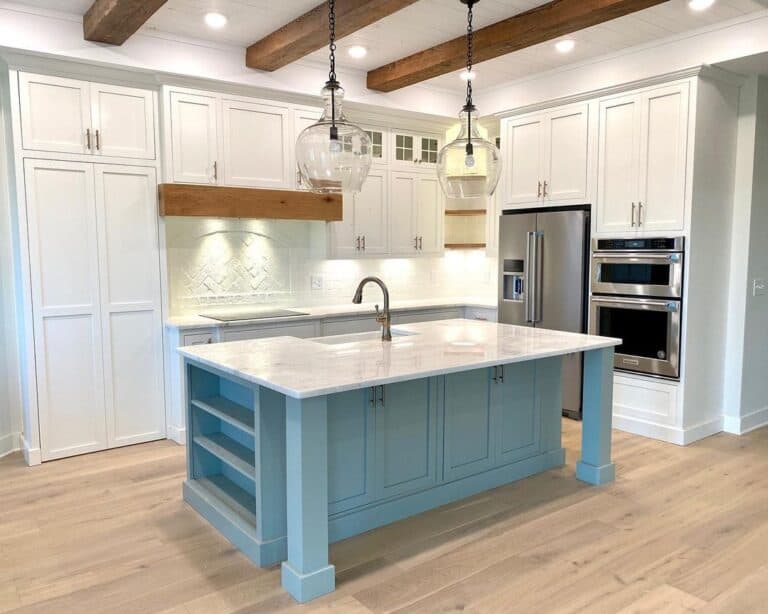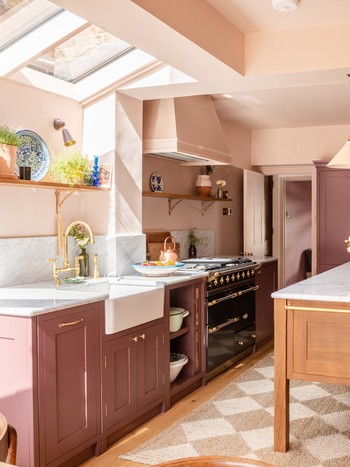Boost Your Area with Fashionable Legs For Kitchen Island Designs
Boost Your Area with Fashionable Legs For Kitchen Island Designs
Blog Article
Secret Factors To Consider for Discovering the most effective Legs For Cooking Area Island for Your Layout
When picking the perfect legs for your cooking area island, several crucial considerations come right into play that can considerably affect both capability and aesthetic appeals. The selection of height, material, and design need to line up with your total cooking area design to make certain an unified look.
Determine Your Style Choice
Identifying your design preference is important when choosing the suitable legs for your kitchen area island. The legs of your cooking area island not only serve a functional function however likewise contribute significantly to the overall visual of the area. Determining your layout style-- be it contemporary, rustic, conventional, or commercial-- is crucial.
For a modern-day kitchen, consider streamlined, minimalistic legs that complement open rooms and clean lines. On the other hand, a rustic setting might benefit from more robust, farmhouse-style legs made from redeemed materials. Traditional kitchen areas commonly prefer turned or elaborate legs, which can add a touch of elegance and sophistication. An industrial aesthetic could call for metal legs that highlight a raw, unfinished appearance.
Additionally, take into consideration the elevation and proportion of the legs in relationship to the island's surface. Eventually, your style choice will affect not just the choice of legs yet likewise the total consistency of your kitchen's design.
Pick the Right Product
Choosing the appropriate product for your kitchen island legs is essential in making sure both durability and visual appeal. Different products offer unique advantages, and the choice usually shows your layout preferences and functional requirements.
Wood is a preferred choice, offering heat and flexibility. It can be tarnished or repainted to match your kitchen style, making it versatile to numerous styles, from rustic to contemporary. Timber may require routine upkeep to preserve its look and honesty.

If you seek an one-of-a-kind touch, think about acrylic or glass materials. They can create an impression of area and lightness in your kitchen area, making them a superb selection for smaller areas - Legs For Kitchen Island. These alternatives might need careful handling and upkeep to prevent scratches.
Ultimately, the material you pick need to align with your kitchen's overall style, ensuring that the legs offer both attractive and functional objectives.
Think About Height and Proportions
When creating a kitchen area island, elevation and percentages play a critical role in making sure capability and comfort. The basic height for a kitchen area island generally ranges from 36 to 42 inches, aligning with standard counter elevations or bar heights, specifically. This measurement is important for balancing with surrounding feceses and countertops, making it possible for ease of use throughout meal prep work and social communications.
In addition, the island's proportions must enhance the general kitchen area layout. A well-proportioned island should not bewilder the area; instead, it needs to develop a well balanced aesthetic. Take into consideration the ratio between the island's size and size, ensuring it supplies adequate surface area without crowding the kitchen. A basic standard is to keep a size of 24 to 48 inches, helping with motion and access.
Additionally, the elevation of the legs or base can affect the aesthetic allure and functionality. Taller legs might provide a more modern-day, airy feel, while shorter ones can evoke a traditional, grounded look. Eventually, meticulously thinking about height and proportions will certainly cause a cooking area island that is both functionally effective and visually enticing, boosting the overall style of the space.
Assess Stability and Resilience
A cooking area island's legs have to not only enhance its elevation and percentages however likewise give sufficient stability and sturdiness to support everyday tasks. The legs are vital to the overall capability of the island, as they birth the weight of the kitchen counter and any kind of added loads, click for more such as home appliances or food prep work tasks.
When assessing stability, it is vital to think about the leg layout address and product. Durable steel or solid wood legs typically use premium strength contrasted to lighter products like engineered wood or plastic. Additionally, a bigger base can improve stability, lowering the risk of tipping or wobbling throughout use.
Toughness is similarly vital; the legs ought to resist wear and tear from day-to-day usage. Think about coatings that secure versus scratches, damages, and dampness, specifically in a cooking area atmosphere. Assess the quality of building, such as fastenings and joints, which can significantly influence the legs' lasting efficiency.
Inevitably, buying well-crafted legs that focus on stability and longevity will certainly guarantee your cooking area island stays a trusted work area for years to find, improving your culinary experiences while keeping visual appeal.
Variable in Maintenance and Care
Upkeep and treatment are vital considerations for ensuring the long life and performance of cooking area island legs. When selecting legs, it is important to evaluate the materials made use of, as various alternatives call for differing levels of maintenance. For example, wooden legs may require regular refinishing or securing to stop wetness damage and scrapes, while metal legs might require routine polishing to preserve their luster and avoid corrosion.
Moreover, the coating related to the legs can influence maintenance requirements. A high-gloss finishing may be easier to clean however can reveal scratches and finger prints much more easily than a matte surface. It is recommended to Recommended Site choose products and finishes that match your way of living; as an example, if you often hold gatherings, select long lasting materials that can hold up against wear and tear.
In addition, think about the cleaning procedure associated with maintaining these legs. Smooth surface areas usually call for very little initiative, while detailed designs may collect dust and crud, necessitating more labor-intensive cleansing methods. Legs For Kitchen Island. Eventually, considering the upkeep and care required for your chosen cooking area island legs will not just improve their visual appeal but likewise guarantee their functional honesty with time
Verdict
Finally, choosing the ideal legs for a kitchen island demands careful factor to consider of various factors, consisting of layout style, material option, upkeep, elevation, and security. Each element plays a vital role in making certain that the legs not only boost the visual appeal of the kitchen area however additionally offer the required support and toughness for day-to-day usage. A well-informed choice will eventually contribute to a practical and visually pleasing kitchen area setting.
The legs of your kitchen island not only serve a practical purpose yet likewise contribute significantly to the overall visual of the space.Maintenance and treatment are crucial considerations for ensuring the durability and efficiency of kitchen area island legs. Wood legs may call for routine refinishing or sealing to avoid moisture damage and scratches, while metal legs might require regular brightening to keep their sparkle and stop rust.
Ultimately, factoring in the upkeep and care required for your picked kitchen island legs will certainly not just improve their aesthetic charm however additionally guarantee their functional stability over time.

Report this page